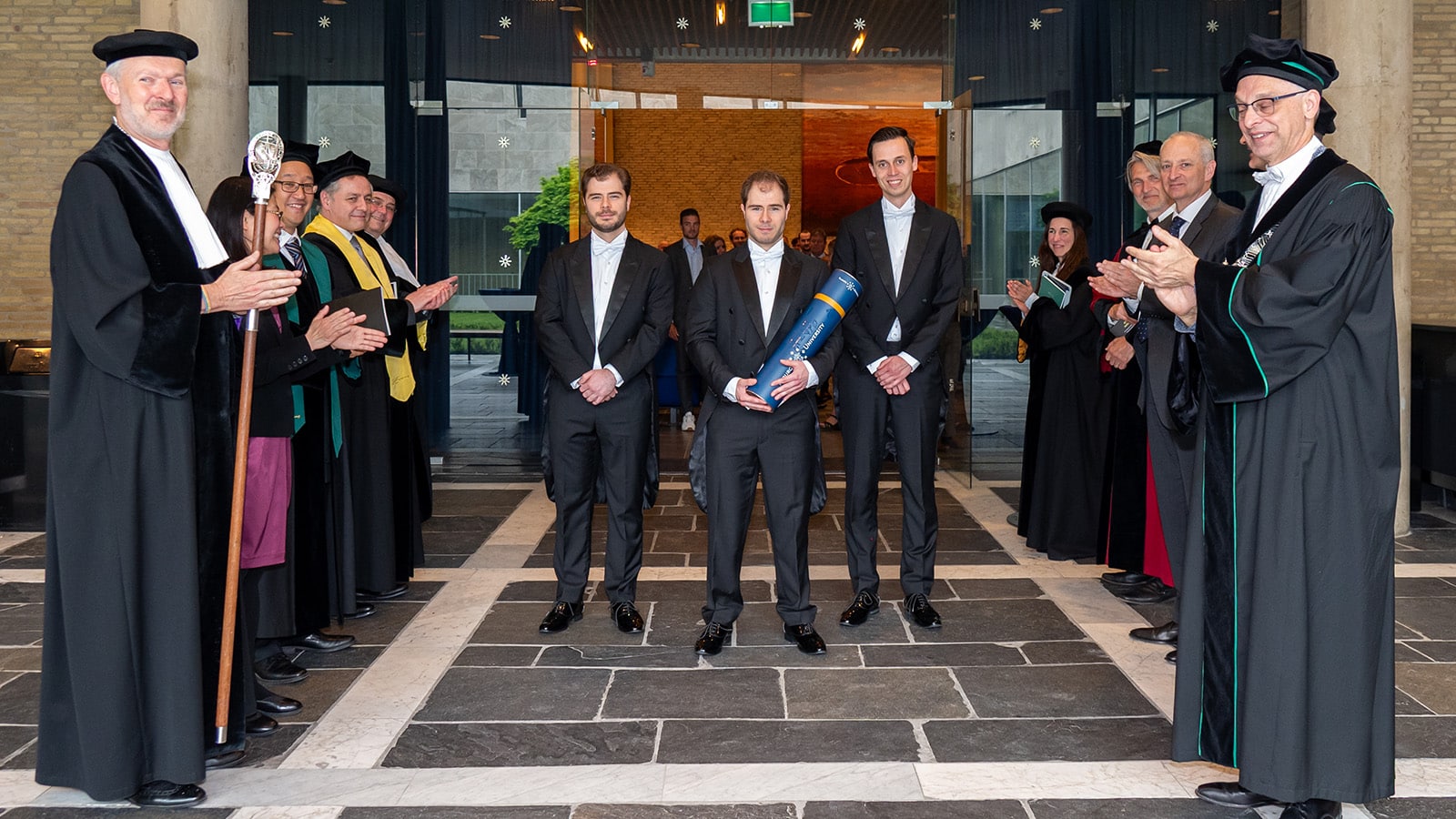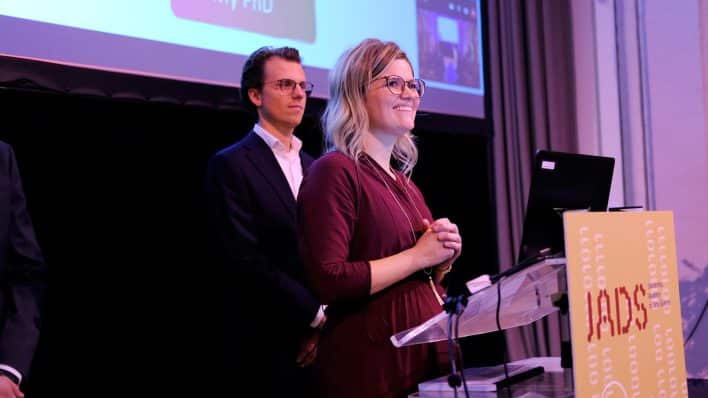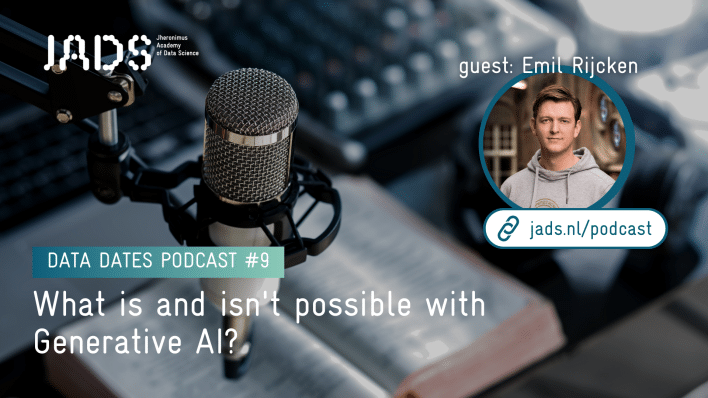Beyond the PhD: Navigating the Evolving Landscape of AI in Healthcare
Posted on
Hand and wrist injuries are common, yet diagnosing fractures in the tiny scaphoid bone has always been a daunting task for radiologists. Meet Nils Hendrix, a researcher on a mission to change that. In his PhD thesis, Nils explores how artificial intelligence (AI) can help fracture diagnosis, potentially reducing unnecessary treatments. By developing AI systems that analyze radiographs with unprecedented accuracy, Nils is developing technology that assists doctors in making quicker, more precise diagnoses. We spoke to him about his research journey and the challenges he met along the way.
Why did you choose this research subject and what makes it so fascinating?
“I would rather say that the research subject chose me. During my bachelor’s and research master’s program, I grew into the subject of medical AI and did an internship at Philips Healthcare at the High-Tech Campus Eindhoven. Over there, I was supervised by a senior scientist who was passionate about AI research. He was a great mentor and inspired me to pursue a PhD afterwards. However, at the time I had no idea that I would eventually end up spending years of research on this tiny wrist bone, the scaphoid. Looking back on the PhD journey, I think it is fascinating to see what my supervisory team and I have been able to accomplish. Years ago, it would have been unthinkable that AI can now solve a computer vision problem that otherwise requires a highly trained expert who spends more than a decade in education.”
Which challenges did you meet along the way and how did you overcome them?
“Entering the research field of medical AI brought many challenges. When I started my PhD back in 2019, only a few research articles were published on AI technology for automated wrist fracture detection on conventional radiography. Elaborating on these works, we were able to pioneer the technology for detecting radiological patterns as subtle as scaphoid fractures. However, since then, AI has been rapidly evolving, so it was hard for me to catch up with all the new developments. Before I knew it, high-impact articles were being published presenting fracture detection solutions for the entire body! We also had to work on setting up the right data infrastructure to enable large-scale data acquisition required for our research. Fortunately, I was lucky to have a great supervisory team by my side and, above all, a twin brother who pursues a PhD on a similar topic. I would not have been able to overcome these challenges without their continuous support.”
What is the impact of your work in the real world?
“After spending months or even years on a research project, you hope that your efforts will bear fruit and that you are able to leave an impact on the world. In recent years, the development and adoption of commercially available radiology AI applications has grown significantly. The web-platform AI Health Register has now indexed almost twenty musculoskeletal (MSK) AI products, and MSK radiograph analysis was one of the most widely implemented AI applications in Dutch hospitals in 2022. I like to think that my PhD research contributed to these developments somehow by showing that AI has serious potential to support radiologists in MSK radiograph analysis.”
What are your plans after your PhD?
“Recently I started working as a postdoctoral researcher at the Radboud University Medical Center in Nijmegen. Together with my former PhD supervisors, prof. dr. Bram van Ginneken and dr. Matthieu Rutten, I will be researching a new AI application for diabetes foot detection with infrared measurements. What makes this project extra interesting is that we will use this application in real clinical practice for gathering our research data. I look forward to this new journey and I am curious to find out to which extent we can push the AI technology.”
Nils Hendrix defended his thesis successfully on 17 May, 2024. We wish him the best of luck in his further career!




